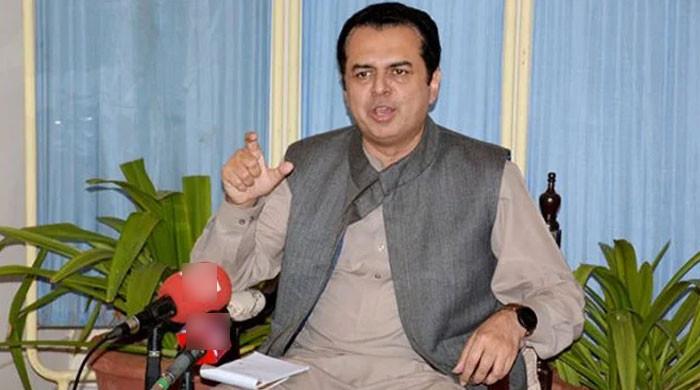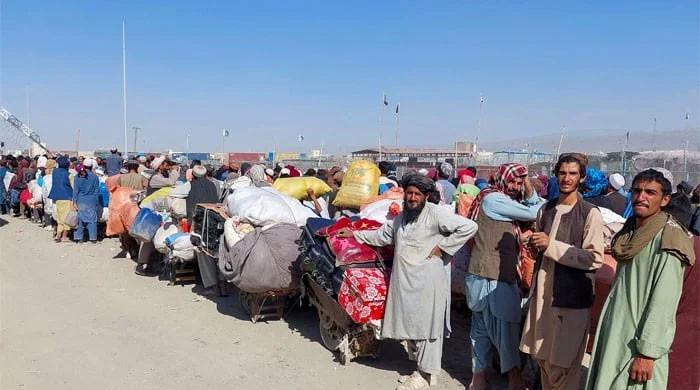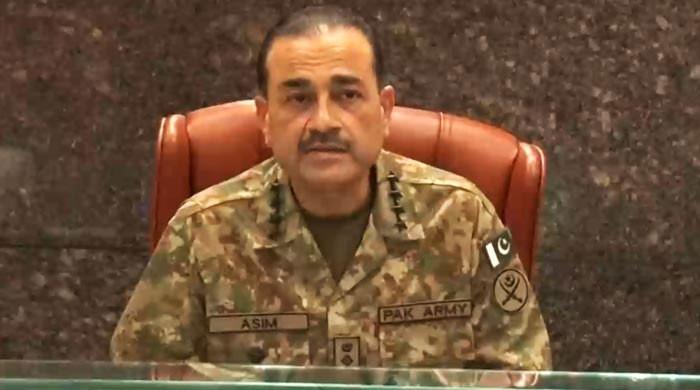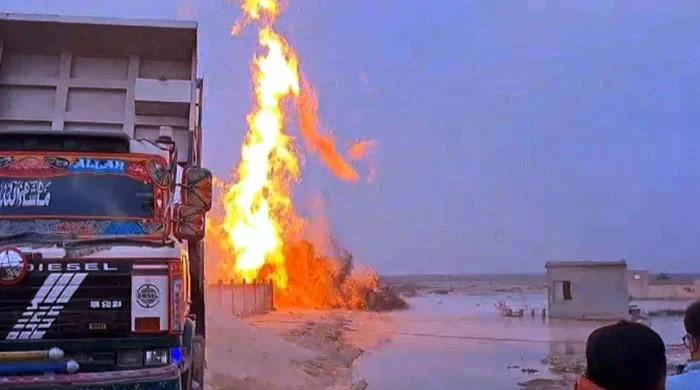Aiwan-e-Sadr recognised as world’s first presidency to go green
The Aiwan-e-Sadr’s going green would help prevent 3,144 tons of carbon emission, says President Arif Alvi
October 16, 2021
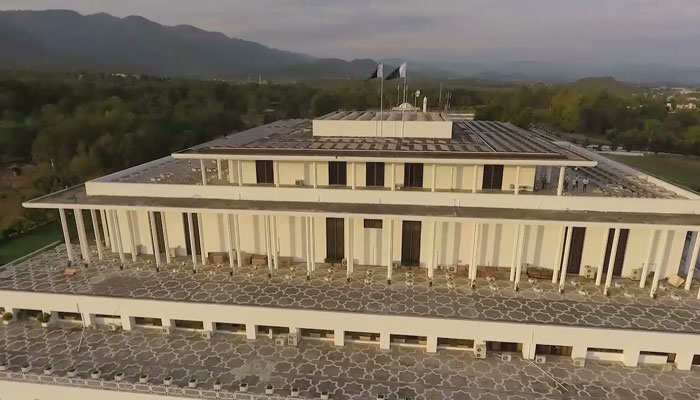
- Aiwan-e-Sadr has been certified as the world’s first presidency to go green.
- The initiative curtailed over 35% of its energy usage and would save Rs72.5 million to the national exchequer, says President Arif Alvi.
- The initiative equates to 3,144 tons reduction of Green House Gases and plantation of 142,909 mature trees.
ISLAMABAD: The Aiwan-e-Sadr Friday achieved a unique distinction as it was awarded an international certification of ISO 50001 EnMS, making it the world’s first President Secretariat running on clean energy.
President Arif Alvi, after assuming office in 2018, had envisioned a Green Presidency Initiative to curtail President’s Secretariat energy usage and shift it to renewable energy sources.
While describing the monetary benefits of going green, the president said savings from energy conservation and clean energy generation are equivalent to 3,154,750 KWh.
The initiative equates to a 3,144 tons reduction of Greenhouse Gases and plantation of 142,909 mature trees. The Aiwan-e-Sadr also got GBC SEED Platinum as the building is now fully powered by an in-house 1-MW Solar System.
The ISO 50001 EnMS certificate was awarded to Project Director Shahid Shaukat by Abdur Razzaq Lakhani of SGS and the GBC SEED Platinum certificate by Rashid Bashir of Green Building Council.
Addressing the ceremony, Arif Alvi said the Presidency’s initiative should also be replicated across the country considering the importance of energy conservation across the world.
He thanked the private sector companies who supported the initiative under their Corporate Social Responsibility.
President Alvi said it was always wise to prevent carbon emission as the world, including Pakistan, was under pressure regarding the availability of water and other natural resources.
Through this initiative, the Greenhouse Gas production has been reduced at the building from 102 tons in 2018 to 2028 tons this year.
Also citing the Holy Prophet’s (PBUH) teachings on conservation of water and wastage of resources, the president called for inculcating habits in youths to conserve energy.
The president said while launching the initiative that he never thought of getting such recognition. He asked the youth to be conscious of the global needs, considering the sensitivity of the situation.
Exemplifying Barcelona, the president also called for utilising the roofs of buildings for green purposes like plantation or solar panels.
He said the Aiwan-e-Sadr’s going green would help prevent 3,144 tons of carbon emission which equals 325 trucks.
The president, who earlier distributed appreciation certificates among the representatives of collaborating companies, also called for discouraging the habits of flood irrigation in agriculture and wastage of food and lauded the incumbent government's policy of vertical buildings.
He said a Miywaki Forest was also being developed in the presidency with the private sector's support.
The president said in order to address food security, it was essential to stop fighting against the people. He said the trillions of dollars spent in Afghanistan could have helped end hunger, had it been used otherwise.
Executive Director of Association of Energy Engineers Bill Kent, in his virtual address, congratulated President Arif Alvi and his team on achieving the milestone of making Aiwan-e-Sadr the first-ever presidency in the world which had been awarded ISO-50001 Energy Management System certification.
He said the certification manifested Pakistan’s commitment to achieving its clean energy and energy efficiency goals.
He said Pakistan was rich with energy resources including wind, solar and biomass and that if fully tapped, the country could contribute to the global economy.
He said the countries needed to educate architects, builders and developers to help achieve energy conservation goals.




